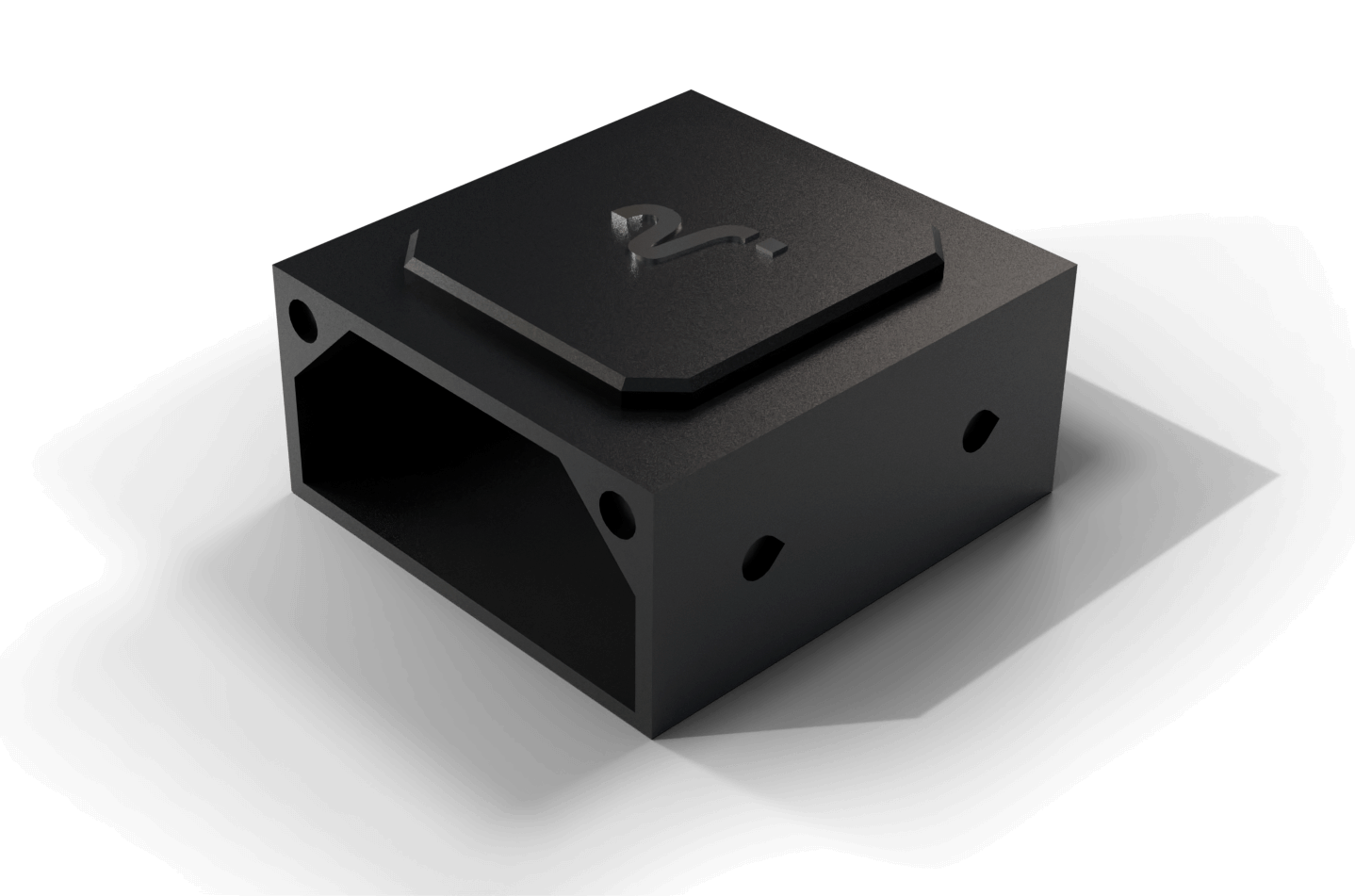
Noise is one of the most pervasive forms of pollution in our modern world. Unlike visual clutter or thermal discomfort, noise is invisible yet omnipresent, seeping into workplaces, homes, hospitals, and public spaces. It affects our concentration, our health, and our quality of life. For decades, engineers and acousticians have sought effective ways to control and mitigate unwanted sound. Today, with the integration of artificial intelligence into acoustic technologies, a new chapter is being written: the advent of the AI-powered noise reduction system.
Rather than relying solely on passive materials or on traditional active noise cancellation (ANC), AI-driven solutions adapt dynamically to complex environments, learning from real-time data and optimizing performance continuously. At the forefront of this transformation stands Vibiscus, a company that has designed a solution combining compactness, modularity, and intelligence to tackle one of the most pressing acoustic challenges of our time.
Vibiscus was created around a simple yet ambitious idea: noise should not be endured, it can be controlled intelligently. Traditional acoustic methods generally fall into two categories. On one side, passive systems rely on absorbent materials such as foams or fiberglass. They can be effective, but their efficiency decreases at low frequencies and they often require significant space. On the other side, active noise cancellation systems generate counter-noises designed to cancel unwanted sounds. This principle works in narrow contexts but consumes energy and struggles with complex geometries.
The Vibiscus solution is different. Rather than adding sound, it manipulates the properties of the air itself. A network of microphones constantly monitors the noise environment inside ventilation ducts or confined spaces. This information feeds a set of mobile membranes that adapt their position and configuration to create a dynamic absorbent surface. As air passes through, the sound energy is absorbed and dissipated, leaving the airflow quieter and cleaner.
What makes this an AI-powered noise reduction system is the intelligence embedded in the process. Artificial intelligence continuously analyzes patterns in noise and airflow, predicting changes before they occur. This proactive approach allows Vibiscus to deliver stable and precise noise reduction across a wide range of frequencies and conditions.
Compact and modular, the Vibiscus technology can be integrated seamlessly into existing structures.
One of the most notable advantages of our AI-powered noise reduction system is energy efficiency. Traditional ANC systems require constant sound generation, which increases energy use and introduces the paradox of fighting noise with more noise. In contrary, Vibiscus absorbs existing sound through its intelligent membranes. This results in far lower energy consumption while offering superior effectiveness.
Another advantage is adaptability. Noise in HVAC systems, industrial ducts, or other technical infrastructures is never constant. It changes depending on flow rates, usage intensity, equipment wear, or even seasonal variations. Thanks to AI, Vibiscus does not rely on static calibration. It learns, adapts, and evolves.
The ease of integration is also a decisive factor. Many acoustic solutions demand space, structural modifications or costly adaptations. Vibiscus has been designed to fit within existing systems. For building managers and engineers, this means less disruption, faster deployment, and lower upfront costs.
From the perspective of occupants, the immediate improvement in comfort is undeniable. Offices become calmer, hospitals less stressful, classrooms more conducive to focus. This human dimension is often overlooked but is at the heart of why noise reduction matters: well-being, health, and productivity all improve when sound environments are under control.
The versatility of Vibiscus makes it relevant across a wide array of applications, each with its own acoustic challenges.
In the field of HVAC systems, noise reduction is a pressing issue. Air handling units, fans, and compressors are essential, but their constant hum can create environments that are difficult to live or work in. By integrating Vibiscus into ventilation ducts, building operators can drastically reduce this nuisance, achieving acoustic comfort without compromising airflow efficiency.
In healthcare environments, silence is a necessity. Patients recovering in hospitals or clinics need quiet conditions, and medical staff require focus. Vibiscus provides an effective response by neutralizing the mechanical noise of ventilation systems, pumps, or technical installations, contributing to a calmer and healthier atmosphere.
Educational institutions such as schools and universities also benefit. Noise in classrooms reduces learning capacity and concentration. By controlling the background noise generated by HVAC systems, Vibiscus creates conditions more conducive to teaching and learning, aligning with modern pedagogical standards.
The technology also finds applications in industrial settings. Factories and production sites often generate high levels of noise through machinery and ventilation. While not all industrial noise can be treated at the source, Vibiscus helps mitigate noise carried by ducts and airflows, protecting workers’ health and helping companies comply with occupational safety regulations.
By addressing such diverse fields, Vibiscus demonstrates that an AI-powered noise reduction system is not a niche product but a versatile tool with wide-reaching impacts. Its ability to adapt, learn, and integrate makes it suitable for both new constructions and renovations, from sensitive environments like hospitals to high-traffic facilities such as airports.